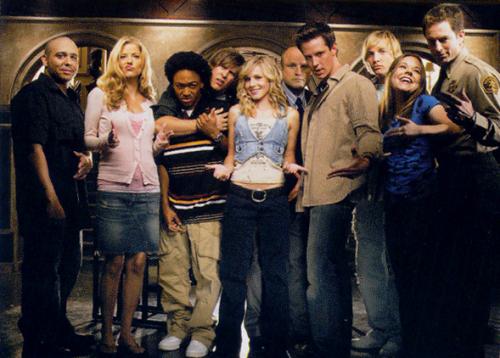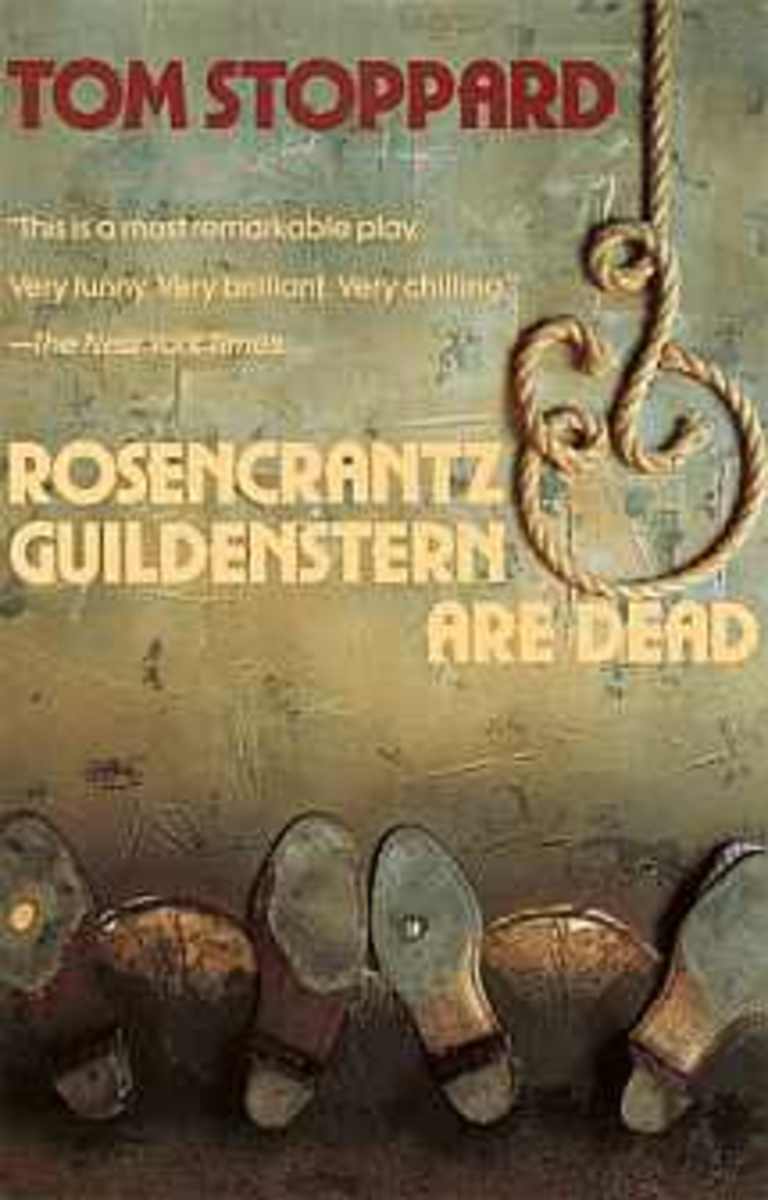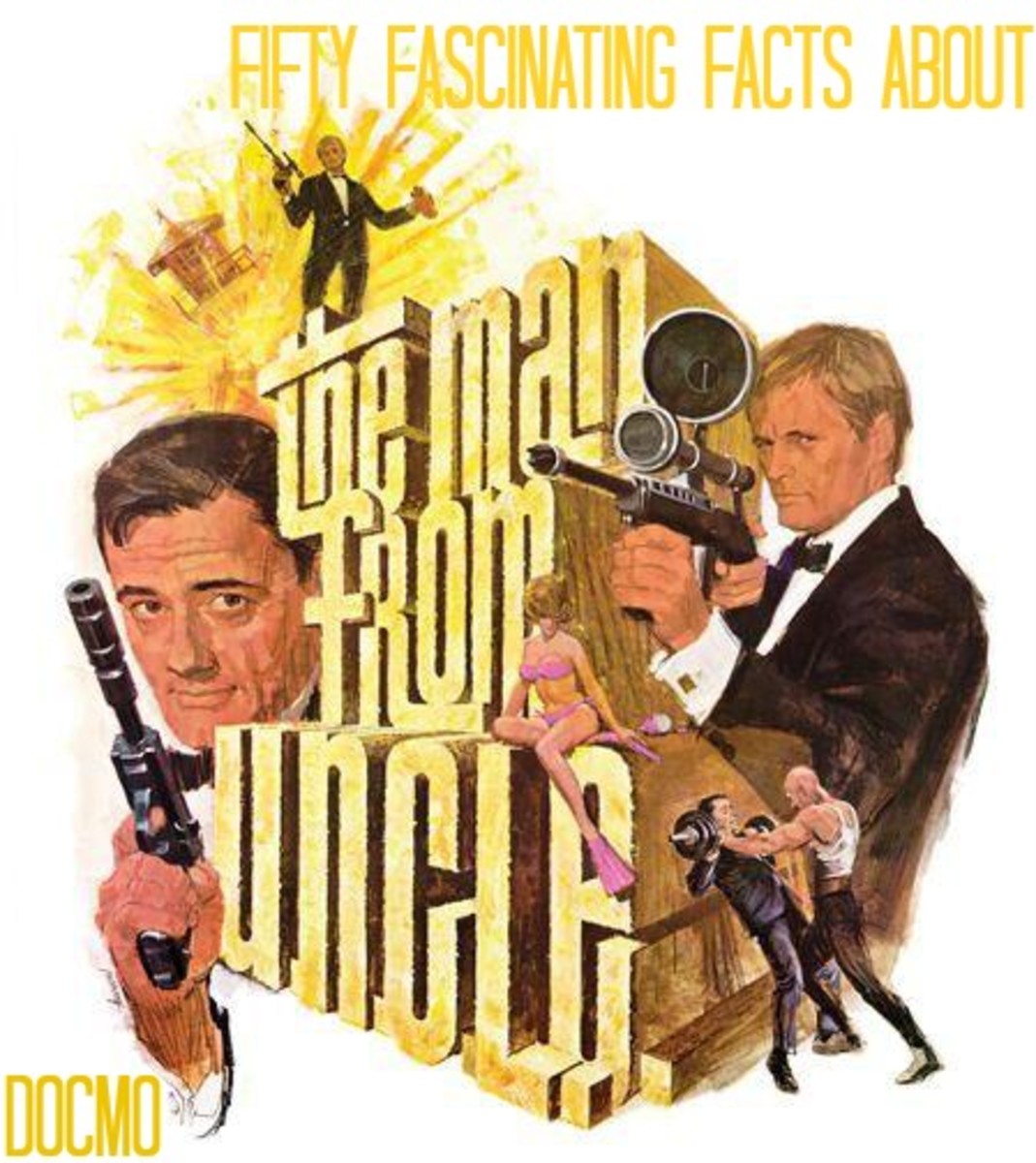The Power of the TV Nation and Postmodernism: 'Veronica Mars'
Postmodern television is something that is sweeping programs. As Jonathan Bignell stated in the section of his book dedicated to postmodernism, “postmodern is a way of analyzing how television, and culture in general, has changed” (p. 162). Though there is a lot of rejection of the movement, it is ever present on all the networks. Some of the most popular shows on television, like The Simpson, are postmodern but a lot of the time, audiences do not recognize them as such because they do not understand exactly what postmodern television is. Bignell feels that the style was “made in order to celebrate the television-ness of something” (p. 163). And because audiences do not understand the conventions of postmodern television, shows, like Twin Peaks, they are cancelled before their time. Even a show that blatantly filled all facets of postmodern television in the simplest terms was cancelled and that is the show I plan to focus on to both explain postmodernism and prove why Veronica Mars fits into the category.
At first glance, it can be seen as a teen drama but as the pilot episode unfolded the true nature of the show, the first example of why Veronica Mars is postmodern is revealed. One convention of the style is the tendency to blur genres into something new, something hybrid. Bignell states, “postmodern television involves the celebration and enjoyment of mixing up the conventions” (p. 162). In the case of Veronica Mars audiences are presented with a teen drama but it is also considered neo-noir, which is a modernization of the film movement, film noir. Jane Feuer states in her article “Genre Study and Television” that works are “not unique” because “literature, films and television programs can be categorized” (p. 138). But that can be completely negated in postmodern television shows because, although the genres are familiar, the blending of different, sometime contrasting categories are what make these shows unique. And to categorize works into their genres, one needs to look at specific things as mentioned in Feuer’s article, like narrative, story structure, production and characterization. Applying this to the two genres melded in Veronica Mars it is easy to see that they contrast each other greatly stylistically. The most obvious is within the production elements of both. In a teen drama, lighting is very bright as if to show audiences everything objectively. The camera is simple and static and there is a heavy reliance on continuity editing. Overall, teen drama’s are safely produced. On the other end of the spectrum is the high contrast lighting and interesting camera angles of noir. These techniques obscure audience’s perception of the story. Though the blending of the two genres was nothing new, the characters included in the genre were an important choice on the creators’ parts.
Though the teen drama was spot on with its love triangles, affairs, family problems, the backdrop of high school made the show a teenage soap opera. In the neo-noir genre, there are very specific archetypes that, though still present in Veronica Mars, are transformed into somewhat of commentary. The usually hardboiled detective is a strong male lead whose only weakness seems to be the femme fatale. The authorities are useless and morality is always questioned in terms of solving the crimes. All of these characters are present within the show with the biggest and most profound difference being that the hardboiled detective is the title character, Veronica Mars, a female. She is also the character audience’s view the teen drama or soap opera through which is also eschewed because she is a loner and outsider. And yet the genres seem to fit together like a puzzle.

There was once another such show that blended these similar genres together. Twin Peaks, in the very least was a detective soap opera drama. Though there were many other genres melted in the pot of genres of David Lynch’s primetime show, it is one of the best examples of my next point. Veronica Mars is almost a direct homage to Twin Peaks in the way that a young girl’s murder shakes up the town and it’s the main characters’ purpose to bring the murderer to justice. Though they also embodied similar genres, it is easier to say the Veronica Mars is making an intertextual reference to the older show.
The direct link is not the only intertextual reference in Veronica Mars but it is one of the more subtle ones. These are the references that are considered postmodern because they are not obvious. Bignell explains that “allusions to other texts needs to be subtle and to some extent hidden in order for viewers to enjoy the references and to congratulate themselves on their skill at decoding them” (p.163). In other terms, the deliberate references give audience members who recognize the situations, quotes, or characters a sense of accomplishment. It is like an inside joke and those who get it, appreciate it and those who do not are indifferent to the added layer of the narrative. A lot of the episodes have a direct reference merely in their titles. Some such examples from the third season include “Of Vice and Men”, “Poughkeepsie, Tramps & Thieves”, “Lord of the Pi’s”, “Un-American Graffiti” and “I Know What You’ll Do Next Summer”. These are some of the more blatant examples but each episode is pop culture reference that relates to the situations within them. Other examples of intertextuality occur in the episodes. In “Ruskie Business” Logan Echolls shows up to the school dance drunk, dressed ironically as Tom Cruise’s iconic character in Risky Business. In the episode titled “Weapons of Class Destruction” there are allusions to Heathers within the characters and the plot line with things like the lunch time poll, the school not actually getting blown up, and right down to Veronica’s name matching Wiona Ryder’s character in the movie. Though there are many other references that are more in the audience’s face, like Don Lamb’s constant reference to “seeing the wizard” for something, these seem to break up the narrative and point obviously to the text within the text.
Another thing that breaks up the narrative in the postmodern style is fragmenting. Some episodes in Veronica Mars are not linear, taking the pilot as a prime example as it is told almost all in flashback. Some flashbacks go to the day before, a few hours before but other refer to the time before the murder of Lilly Kane. Not only do these disrupt continuity editing, it is also a way for the writers and directors to show the duality within Veronica. Each time she flashes back to her time with Lilly, Veronica reveals something about herself, her enemies and her overall mission. One prime example of an episode where each flashback helps both the audience and Veronica solve a mission was during the season one episode “A Trip to the Dentist”. Veronica confronts her 09er classmates that were present during her rape at Shelley Pomroy’s party the year before and each person she talks to reveals a little more of who actually raped her. She follows the trail through the recounting of the night to expose her supposed rapist even though it turns out it was nothing of the sort at this point in time. Come the end of season two, Veronica finds a new piece of evidence that helps her not only solve her rape case but the season long arc of the bus crash. And had the audience not been loyal followers from the beginning until the end, they would not have made the same connection that Veronica had.
That connection to not only the characters and plot are important but also the fact the audience can be active. Whereas in the past “genre limits the field of play of the interpretive community”, postmodern programs are more open with their clear perspectives (Feuer, 1992). With all of the things mentioned above, that audience’s recognition of references is one thing but they also get the chance to participate in the mysteries of Neptune, California when they tune in week-to-week. And this is exactly why Marc Bergman felt the show failed. In his article “Sad Finales” (2006) he states it’s “the serialized nature of the show. Viewers who have not followed it from the beginning might think they can't join it in progress” (p. 1). Whatever the reason Veronica Mars did not catch on is something loyal fans will never truly understand but they did get three seasons and mostly all of the loose ends tied up when the show was pulled. But if they were a true postmodern audience, they really would not search for a meaning behind it. Instead they take this hard-hitting teenaged private investigator and all of her pop culture savvy supporting cast as they really were, as the television of it all because “television becomes divorced from reality, no longer a medium of representation but instead an independently existing virtual world which is both exciting and banal” (Bignell, 2004). And that is exactly the world that Veronica Mars and friends lived in for their three season.
Works Cited
Berman, M. (2006, May 8). Sad Finales. MediaWeek. p. 42. Retrieved from
EBSCOhost.
Bignell, J. (2004). An introduction to television studies. New York, NY: Routledge.
Feuer, J. (1992). Genre study and television. In R. Allen (Ed.), Channels of Discourse, Reassembled (pp. 104-160). London: Routledge.
More TV Analysis.
- The Insinuation of Laugh Tracks in Today's Sitcoms
An examination of laugh tracks and their functionality. - The Best Show You're Not Watching: A 'Friday Night Lights' Analysis
By analyzing the show with the help of Carl Jungs idea of archetypes and the collective unconscious and the cinematic choices of the directors, I plan to prove that Friday Night Lights, because of its realistic, relatable sentiment, deserved a larger






